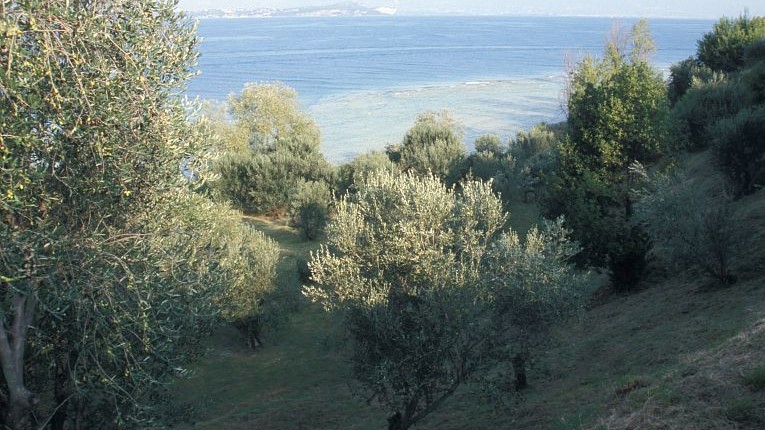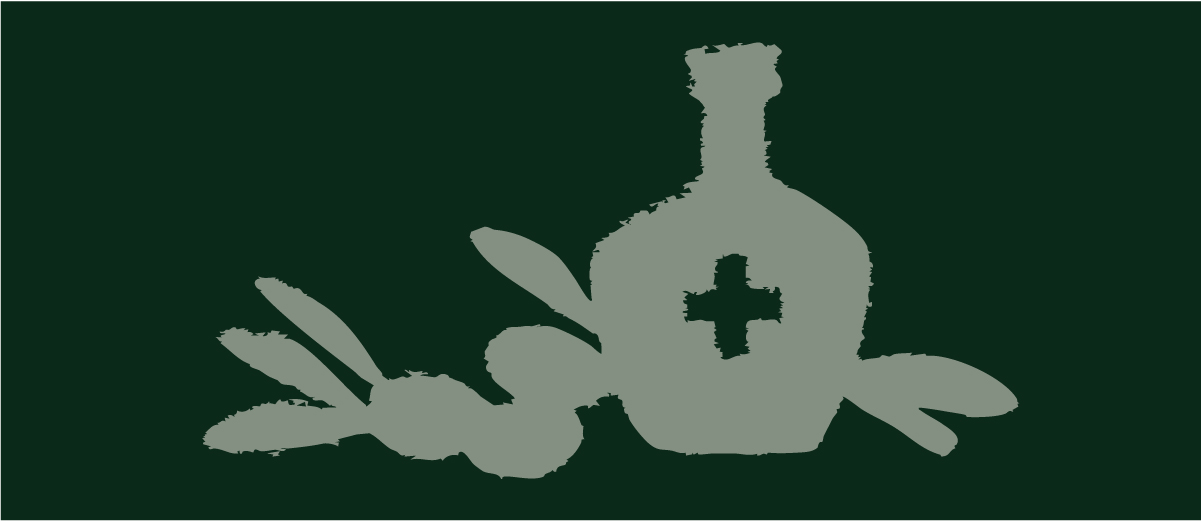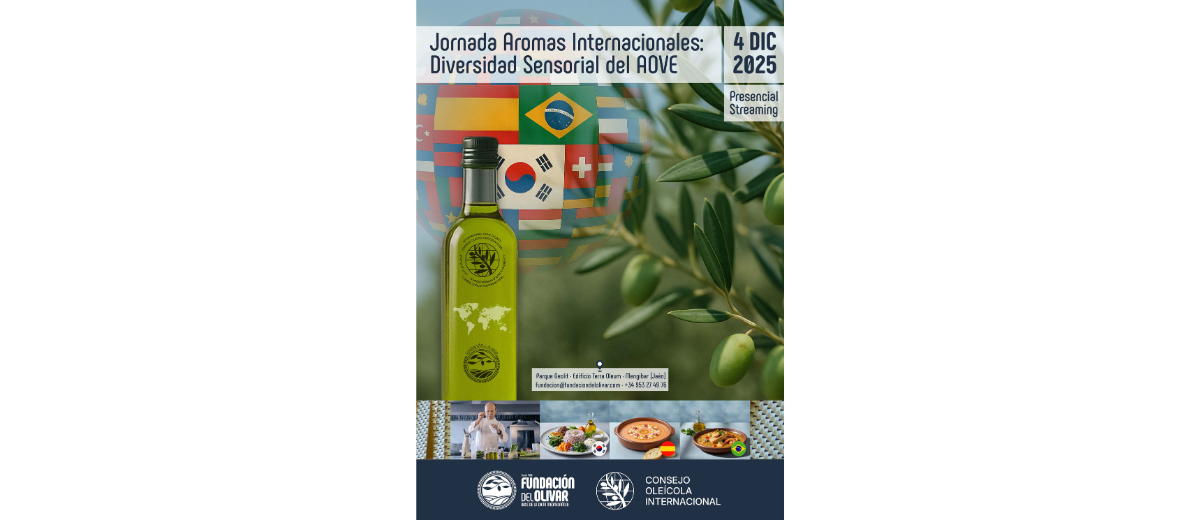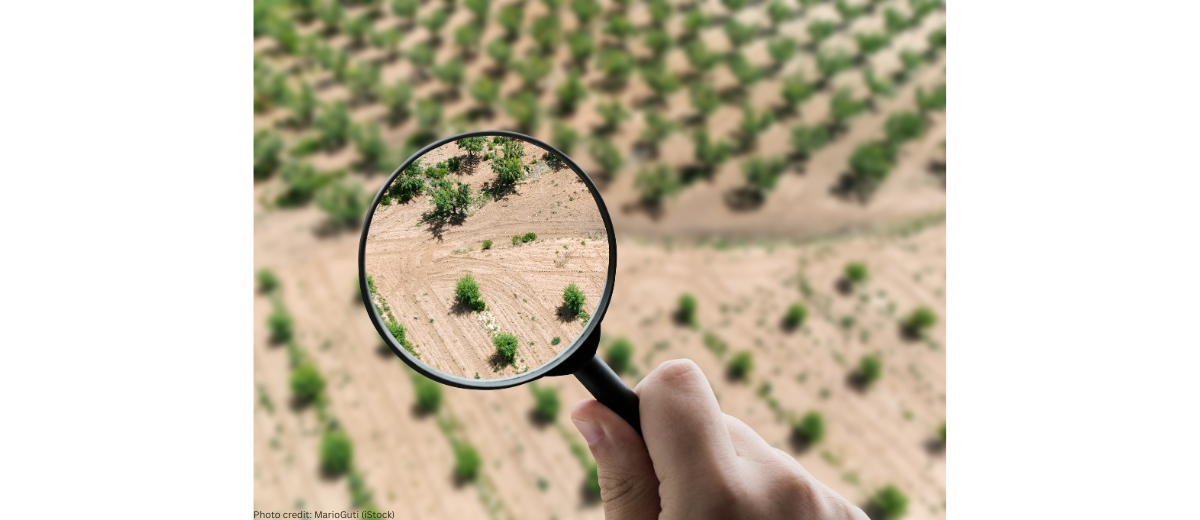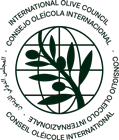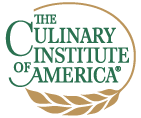The Executive Secretariat of the International Olive Council (IOC) addresses a number of issues faced by the olive sector, including but not limited to: the preservation and use of genetic resources and their identification; the fight against erosion; the rational use of water; carbon storage and climate change; phytopathological and phytosanitary issues; Xylella fastidiosa; improving the quality of olive oil; contamination caused by by-products; margins, liquid effluents and olive pomace oils; production cuts; and the marketing of olive products.
True Health Olive Cultivar Project The need to guarantee varietal authenticity and the absence of disease-causing organisms and pests in olive plants has become a priority in the international trade of olive oil.
The spread of olive tuberculosis (Pseudomonas savastanoi pv. savastanoi), verticilliosis (Verticillium dahliae), sudden death syndrome (Xylella fastidiosa pv. pauca), ArMV, CMV, CLRV, SLRV and Meloidogyne spp., and Xiphinema nematodes is a serious issue for the olive sector and the economic impact on international trade in olive seedlings is considerable.
To address this problem, the IOC and the University of Cordoba have been working on the genetic resources found in the IOC network of olive germplasm banks. To this end, they have developed a projected entitled True Health Olive Cultivar (THOC) at the World Olive Germplasm bank of Cordoba (bGMO CAP-UCO-IFAPA) to provide the olive germplasm banks in the national network with authentic, The project consists of two stages, A and B, and each stage has two phases.
STAGE A
- Phase I: Identification and authentication of original vegetable material;
- Phase II: Propagation, selection, identification and diagnostic of parent plants of initial material.
STAGE B
- Phase III: Production of initial material;
- Phase Iv: Provision of initial material to the IOC network.
The main objectives identified at the end of the meeting are as follows: Define national guidelines to prevent, combat and manage olive plant health, in particular Xylella fastidiosa; facilitate international trade in olive seedlings that are certified to be free of pathogens, in particular Xylella fastidiosa. The expected results are as follows:
- Provide information and training for countries on mechanisms to prevent, control and manage olive plant health, in particular Xylella fastidiosa;
- Set up a system to certify authentic and healthy olive seedlings that are free of pathogens, in particular Xylella fastidiosa.
The joint plan of action (PACXF Olive Tree) provides for the following actions:
- Technical activities;
- Applicable standards and regulations;
- Surveillance mechanisms;
- Training of officials responsible for official phytosanitary monitoring;
- Certification system;
- Assessment of the resistance of plant material to pathogens;
- Dissemination of data;
- Involvement and awareness of decision-makers at the national level (via the competent authorities) to implement FR-XF Olive Tree
To be continued. Next: Xylella fastidiosa roadmap and the interaction between olive growing and the environment
